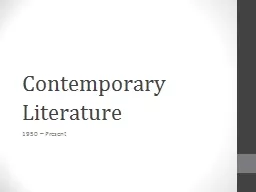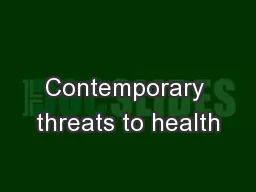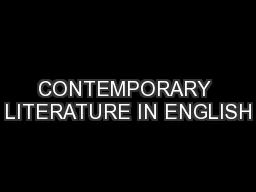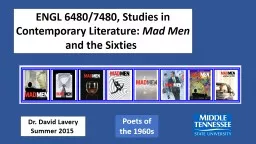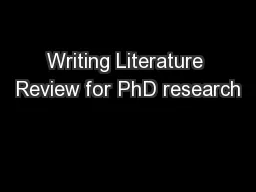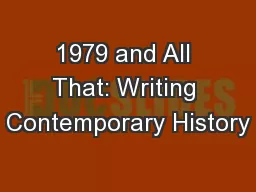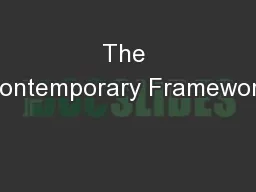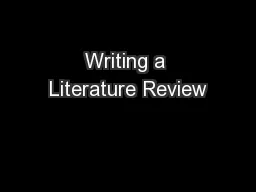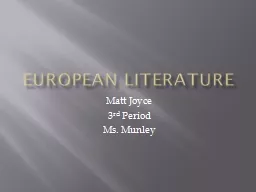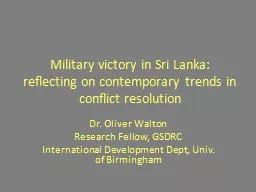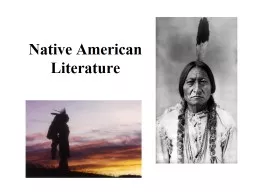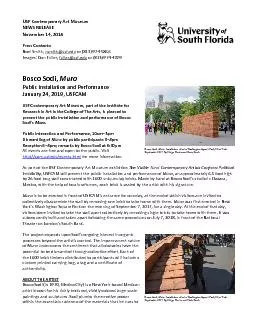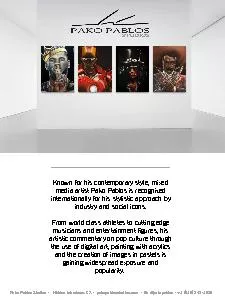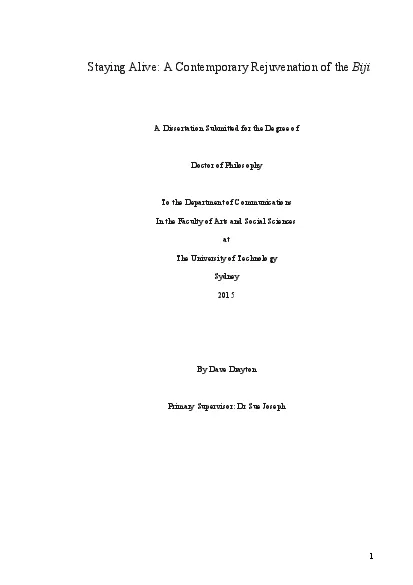PPT-Contemporary Literature
Author : kittie-lecroy | Published Date : 2016-03-12
1950 Present How Did it Come About The aftermath of WW II ushered in an age of rapid developments in science and technology The postwar years offered many Americans
Presentation Embed Code
Download Presentation
Download Presentation The PPT/PDF document "Contemporary Literature" is the property of its rightful owner. Permission is granted to download and print the materials on this website for personal, non-commercial use only, and to display it on your personal computer provided you do not modify the materials and that you retain all copyright notices contained in the materials. By downloading content from our website, you accept the terms of this agreement.
Contemporary Literature: Transcript
Download Rules Of Document
"Contemporary Literature"The content belongs to its owner. You may download and print it for personal use, without modification, and keep all copyright notices. By downloading, you agree to these terms.
Related Documents

